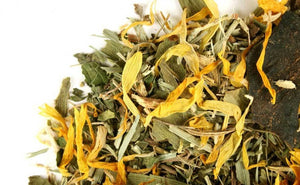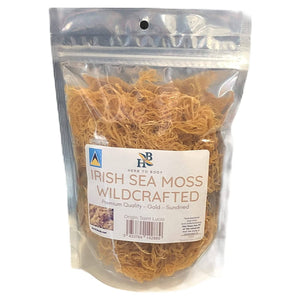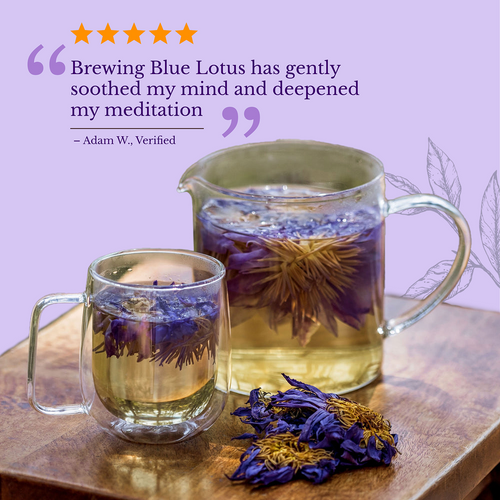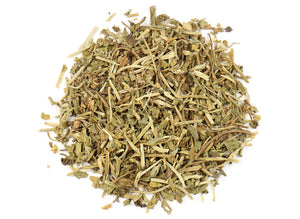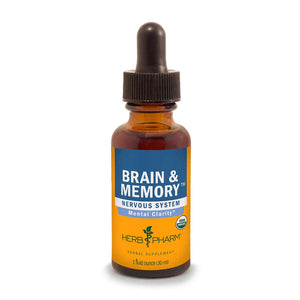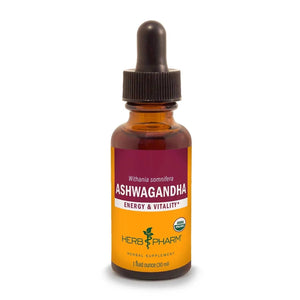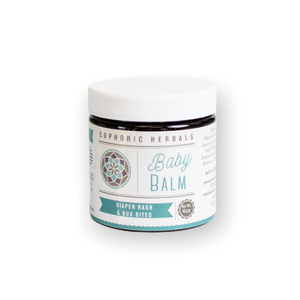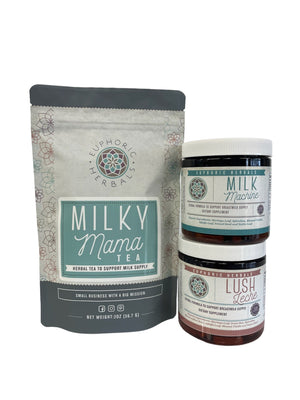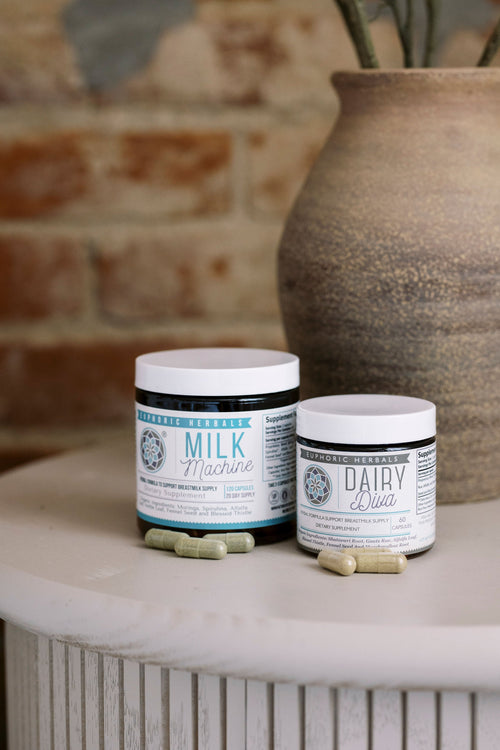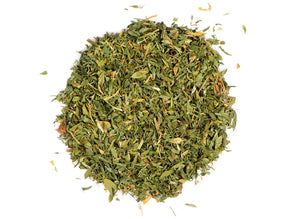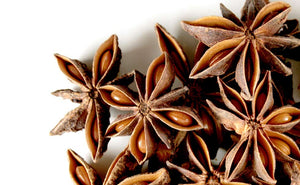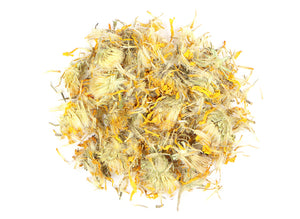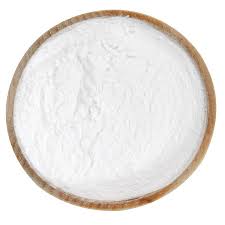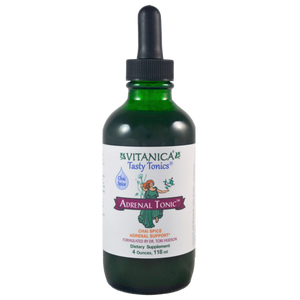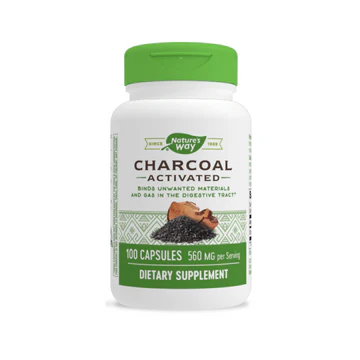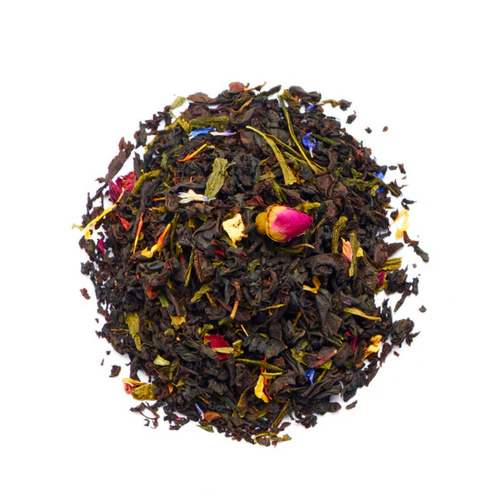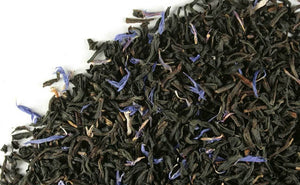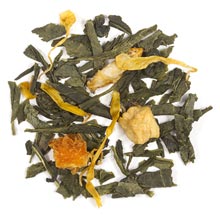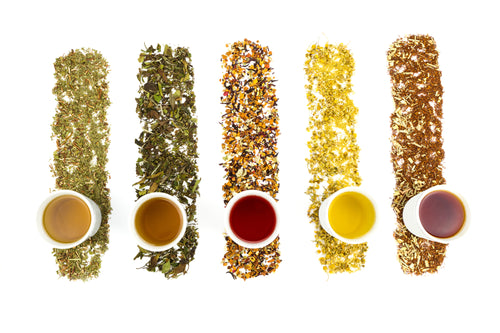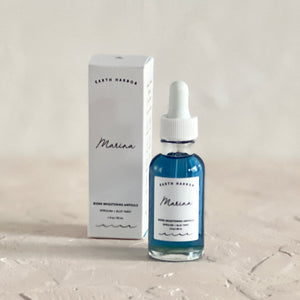Birch trees are graceful, quick-growing trees with beautiful bark that often peels off in sections. Nearly every single part of the tree has been used for thousands of years for various purposes from boat building to medicinal remedies.
The leaves, twigs, and bark can all be utilized for everyday ailments like aches and pains or to cleanse skin. You can collect fresh leaves and twigs from a nearby tree or turn to dried birch bark for stronger preparations.
Here's more about the most common uses for this valuable tree and how to make a simple birch bark tea.
More About Birch Trees
There are many different types of birch trees (Betula spp.). Most are found in the northern hemisphere and native to regions in North America, Europe, and Asia. They are more short-lived than most other hardwood trees due to their fast growth habit.
Birch trees tend to grow in stands or groups and some varieties develop multiple trunks. They are easily recognized by their growth habit, papery bark, and pointed, serrated leaves.
Both the peeling outer bark and the inner bark of birch trees have long been used, likely since prehistoric times. The thinner bark can be used almost like paper to write on, while the harder bark was often utilized for canoes by Native Americans.
If you have a birch tree in your yard, new twigs and leaves have properties similar to the bark and can be harvested to make a tea.
You should never try to harvest the bark from a birch tree unless you know what you are doing because you may end up killing the tree. However, you can take bark from recently fallen trees or buy the dried version to have on hand.
Benefits of Birch Bark (& Leaves / Twigs)
Spring Tonic and Detoxifier

New leaves and twigs from birch trees are perfect for spring foraging. They contain bitter, powerful plant compounds that aid digestion and help cleanse toxins from your body, making them an excellent ingredient for a spring tonic.
If you have access to a birch tree and can confirm that no pesticides or other harmful chemicals are sprayed near it, look for new leaves that are fully open and twigs that are still pliable (bendy) to harvest. Just be sure not to remove too many twigs, since they will produce new leaves for the tree.
Chop the twigs into small pieces or remove the bark from them and use the pieces together with the leaves to make a pleasant tea.
Diuretic Action
Birch bark (and other parts of the tree) has a particularly strong detoxifying action on the kidneys and bladder because it acts as an herbal diuretic. Essentially, diuretics encourage the production of urine, which has the result of flushing out toxins and reducing fluid retention or swelling.
As a tea or an infused oil, birch has a history of use for kidney and bladder stones. Traditionally, the oil is made by steeping the leaves in olive oil for 4-6 weeks. (You can learn how to make an herb-infused oil here.) It can then be massaged into the desired area.
In much the same way as dandelion root, birch contains nutrients that help replenish your body, even as it helps get rid of excess fluid.
Eases Inflammation and Pain
One of the most valued benefits of birch bark is its ability to ease aches and pains, especially those associated with something like arthritis or rheumatism.
In fact, if you cut into a birch twig, it will give off an aroma not unlike wintergreen, which is a plant and essential oil frequently used for pain relief. This is due to the presence of similar plant compounds (terpenes). (1)
Birch trees are also believed to contain methyl salicylates, which are sort of like plant precursors to the main ingredient in aspirin, acetylsalicylic acid. In this way, birch is similar to willow bark, which contains similar compounds and has natural anti-inflammatory and pain-relieving properties.
Again, birch bark, twigs, or leaves can either be made into a tea that is consumed or an oil to be rubbed on sore joints, muscles, etc.
Tones and Clears Skin

A tea or tincture made from birch bark has natural astringent properties, which makes it toning for skin and helpful for oily complexions and certain types of skin eruptions.
It has traditionally been used for eczema and rashes, but only the "wet" kind, meaning it isn't the best choice for dry skin. (Astringents frequently have a drying effect on skin.) Some herbalists have even recommended the leaves for hair loss throughout the years.
If you have access to a healthy tree, simply steep some fresh birch leaves in hot water for about 4 hours and use the infusion as a toning, soothing skin wash.
Sweet Sap
Nearly everyone is familiar with maple syrup, but birch trees also contain a sweet sap that can be boiled down into a syrup. Because the trees contain less sap than maples and more of it is needed to make the same amount of syrup, birch syrup is less commonly found in stores but is very delicious!
It has a unique, rich flavor that is often compared to molasses- but different (of course). The sap is collected as it rises in the spring and only one hole is tapped per tree.
If not boiled down, birch sap can also be made into birch water (very similar to maple water).
How to Make Birch Bark Tea
The hard parts of plants, like bark, are typically made into a tea by simmering them in water. However, birch bark is more delicate than other types of bark and is best when infused into water.
To make a hot infusion, simply use 1-3 teaspoons of the dried bark and steep in hot water for at least 10-15 minutes. For a stronger, more medicinal infusion, steep 4-8 hours or overnight.
Leaves and twigs should also be steeped in just boiled water to make a tea. Most people enjoy the pleasant flavor of birch, and you can add a sweetener like honey (or birch syrup!) if desired.
Birch bark can also be made into a tincture.
Precautions
Birch bark has no known precautions or side effects. However, you may wish to consult with a qualified herbalist before taking it if you a pregnant, nursing, or have a medical condition.
Enjoying the Benefits of Birch
Not only are birch trees beautiful in the landscape, there are also many benefits of birch bark, twigs, and leaves. If you are lucky enough to have one of these trees on your property, make use of it for a cleansing, spring tonic or to help with everyday aches and pains.
Disclaimer: This post is for informational purposes only. It does not constitute medical advice and should not be substituted for medical advice. Please consult your health care provider, herbalist, midwife, or naturopathic physician before taking herbs, supplements, etc. Here's the link to our full disclaimer.






